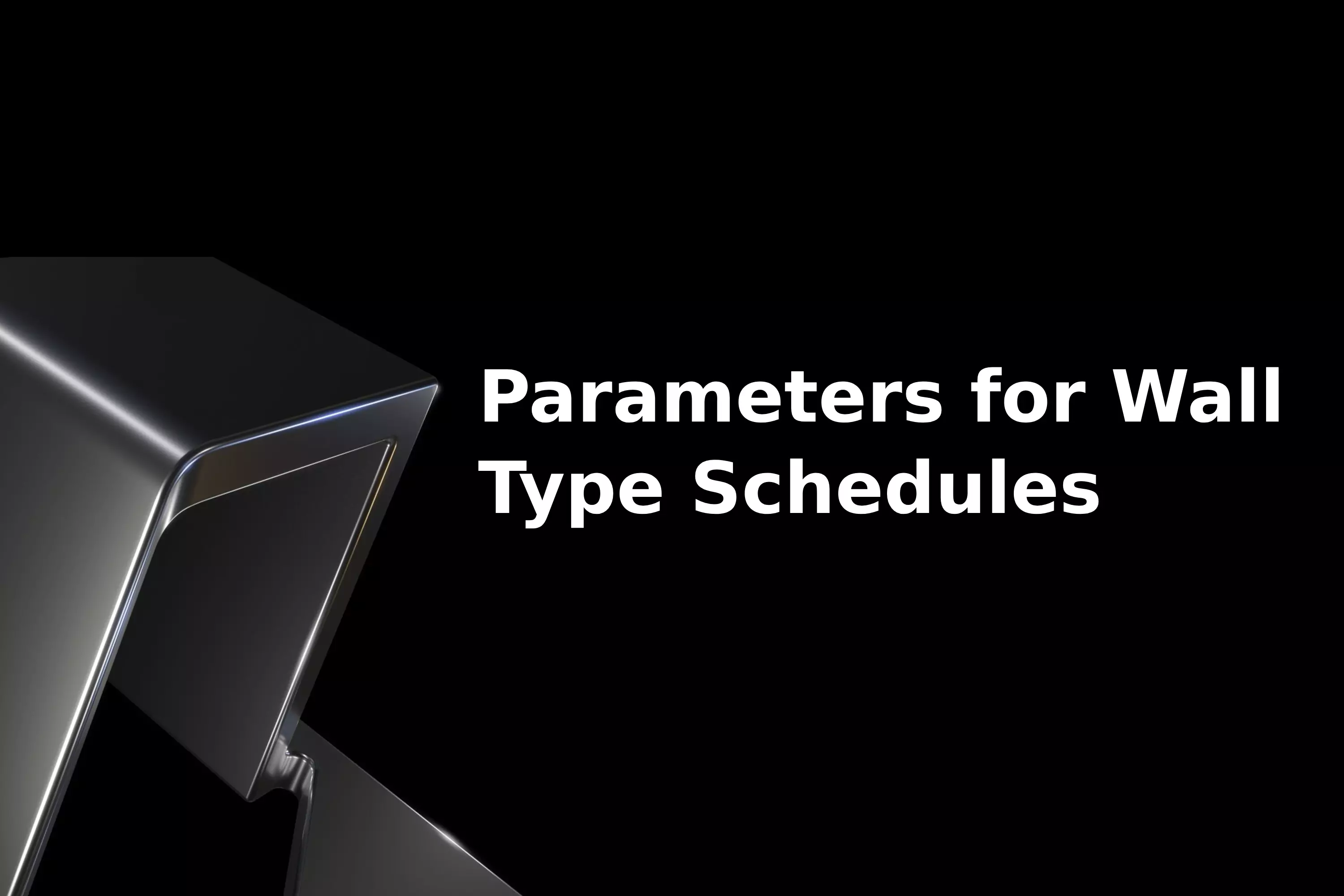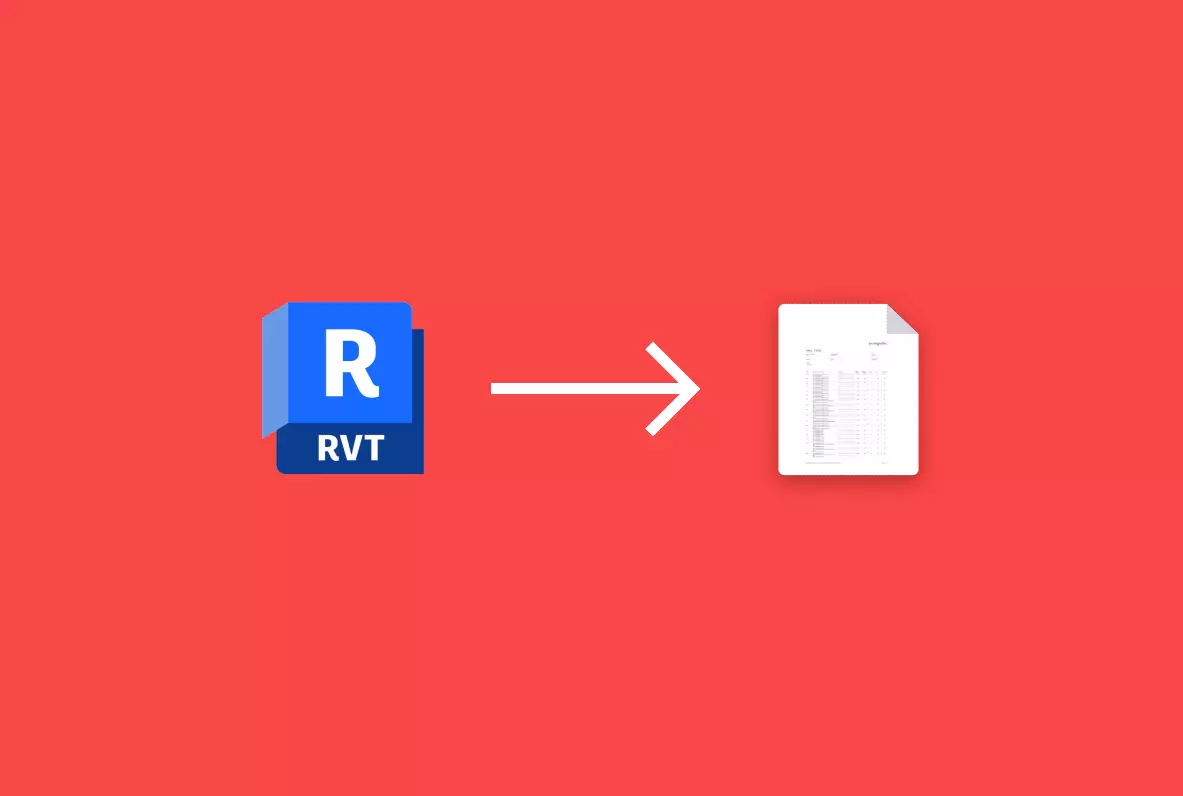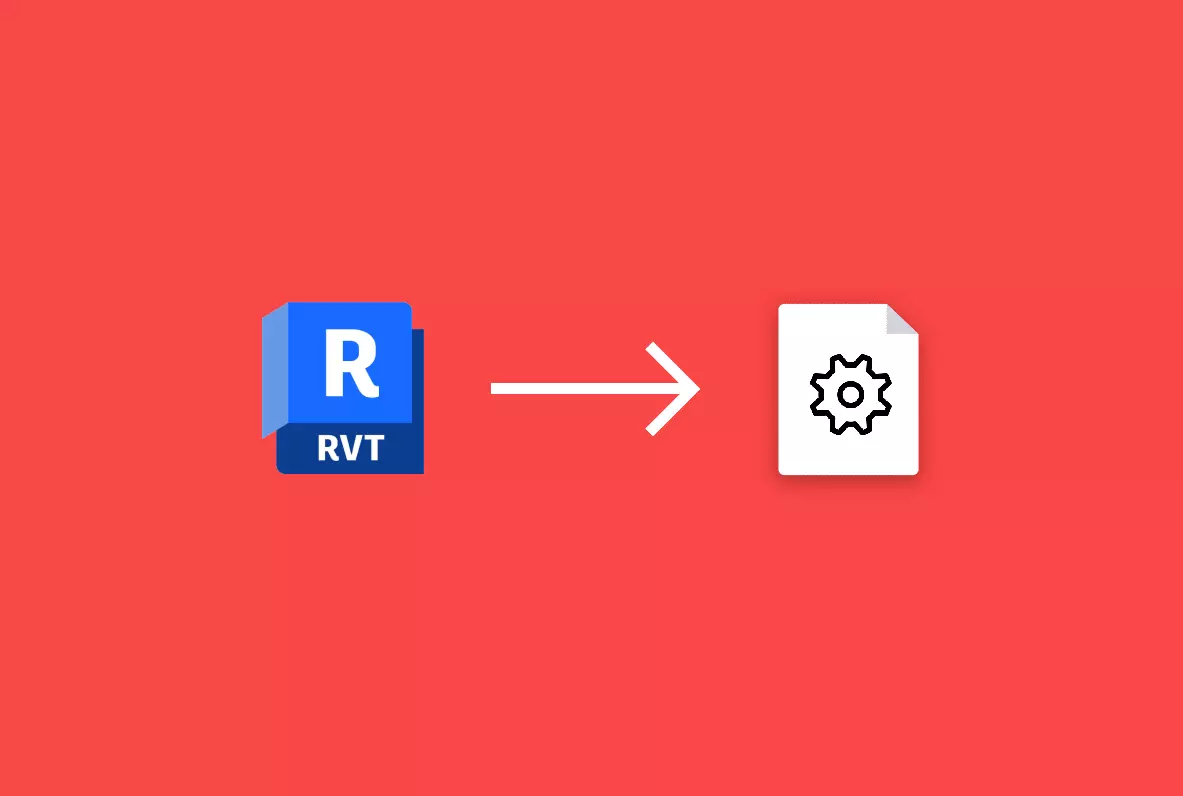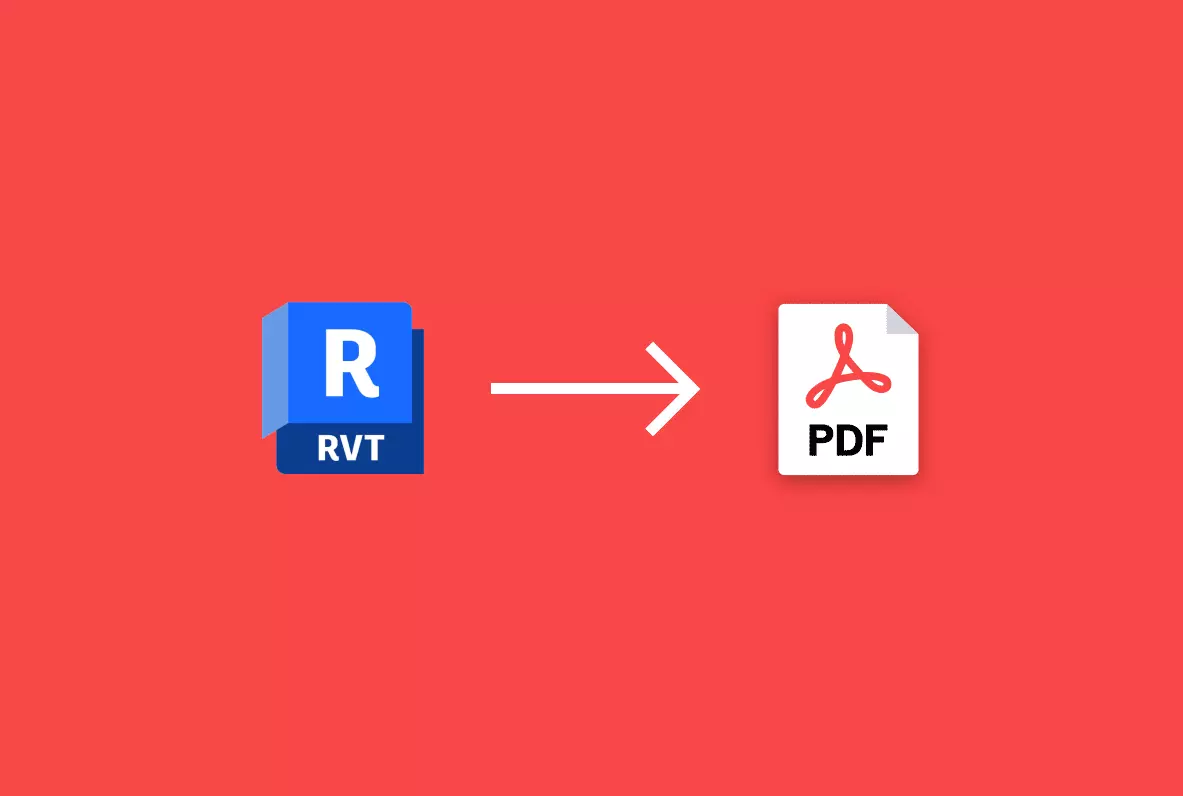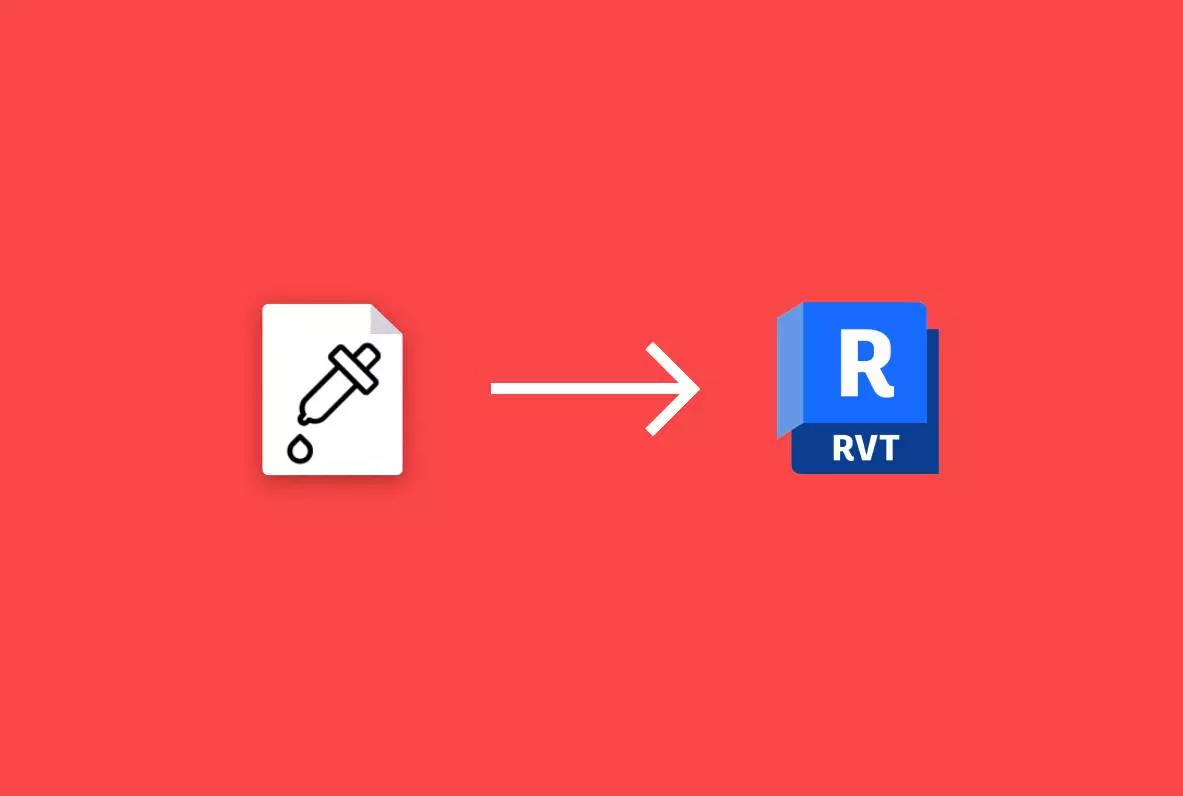We at Archi understand the importance of your time and creativity, which is why we are delighted to introduce our new auto-update feature for our Revit software. Now, you can effortlessly ensure your software is always up-to-date with the latest features, fixes, and support for new versions of Revit.
-
-
This week, we're introducing an offer you won't want to miss - a free partition library curated by Archi, tailored for the discerning professionals like you. Developed with love and expertise, our library is a real-world reflection of the partition product lines popular in Norway.
-
Hello, wonderful readers! Today we're diving into a very engaging topic: setting up specific parameters for wall types in Autodesk Revit, using our incredibly helpful software application, Wall Type Schedule.
-
Today, we're diving into a topic that's essential for all architects, designers, and Revit users: creating wall type schedules. With the "Wall Type Schedule" tool, this process is no longer a daunting task. Let's explore how.
-
As an architect or engineer, Autodesk's Revit is undoubtedly your trusty partner in creating stunning 3D models and intricate architectural designs. However, have you ever wished that Revit had a magical button that could export all your schedules in one go? If you nodded yes, this tutorial is your magic lamp.
-
As you're well aware, creating stunning architectural designs isn't just about the buildings. It's about bringing spaces to life, visualizing how they'll be used, and by whom. One of the best ways to do this? Incorporate people into your models.
-
A significant part of bringing your architectural models to life is the addition of realistic surrounding elements – particularly, trees. But let's be honest, designing trees from scratch can be time-consuming and the results, often less than ideal.
-
We're going to dive into an essential workflow that can dramatically streamline your work process and maximize your productivity - exporting schedules from Autodesk Revit to Excel using our proprietary application, 'Reports'.
-
As you know, we're here each week providing you with the most efficient tools to supercharge your workflow. Today, we're delving into an indispensable feature of our application, "Reports," and trust us, this is going to make your Autodesk Revit journey smoother than ever: exporting schedules to PDF!
-
We're back with another tutorial, and this time we're going to explore a handy tool that could seriously ramp up your design game - the 'Color Eyedropper'
-
Have you ever found yourself scrolling endlessly through colors, trying to find the perfect hue for your Autodesk Revit project? Or perhaps you've been frustrated with the lack of an easy way to manage and apply color palettes within Revit?
-
In this guide, we'll explore the power of Graphic Studio, a plugin that revolutionizes the way you manipulate and control graphics within your Revit projects. With a simple 1-click operation, you can effortlessly override colors, types, patterns, and much more..



